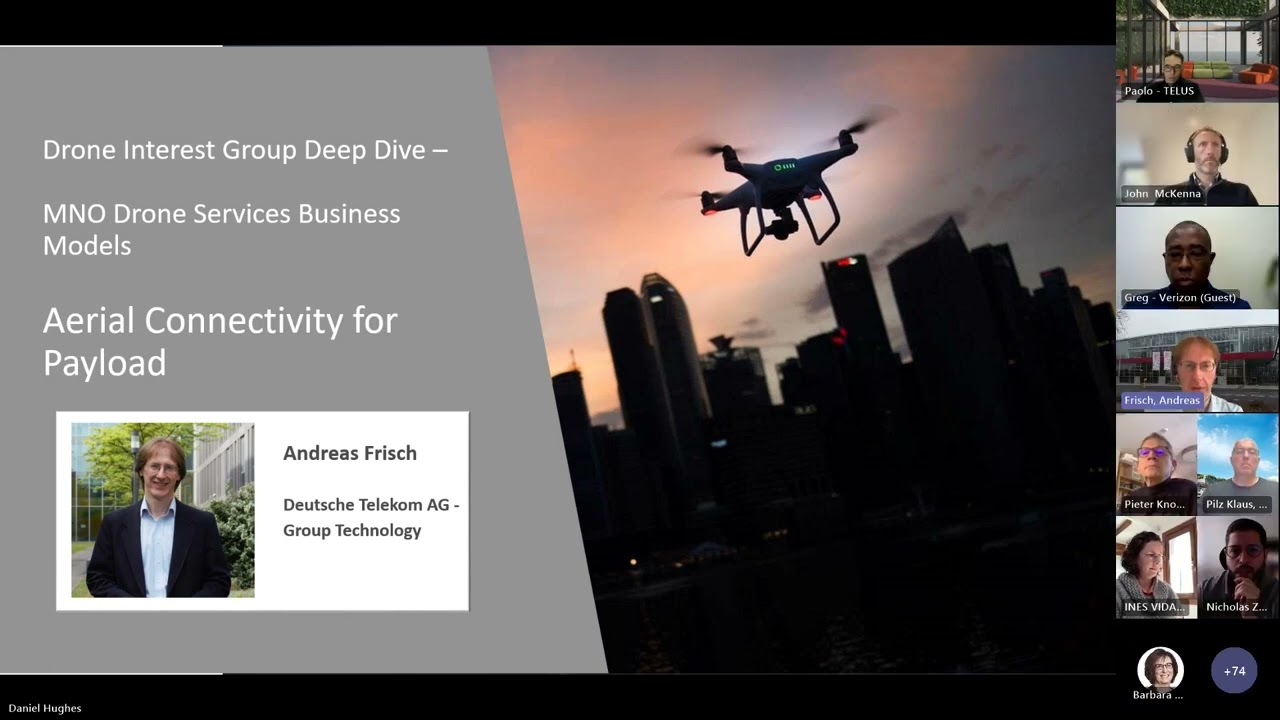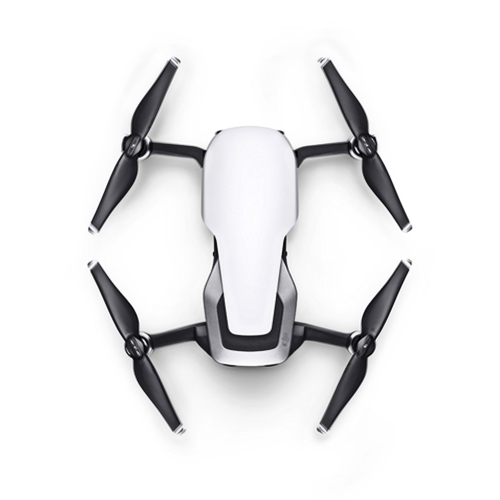MNO Drone Services: Shaping the Connected Skies  – Insights from the Field
– Insights from the Field
As a seasoned drone pilot and instructor, I’ve witnessed firsthand the transformative potential of unmanned aerial vehicles across various sectors. The buzz around Mobile Network Operators (MNOs) integrating drone services isn’t just hype; it’s a strategic evolution poised to redefine connectivity and operational efficiency. The recent discussions, particularly those highlighted in the “On-Demand: MNO Drone Services Business Models Webinar,” signal a significant shift in how we perceive and utilize our skies. This isn’t just about drones flying; it’s about building a robust, interconnected ecosystem where drones become integral to the very fabric of our networked world. Let’s delve into the key insights emerging from these crucial conversations.
Key Takeaways: Navigating the Business Landscape of Connected Drones
Based on the “On-Demand: MNO Drone Services Business Models Webinar,” several critical insights emerge for those looking to understand and capitalize on this burgeoning field:
- The Whitepaper is Your Flight Plan: The webinar heavily emphasizes the “MNO Drone Services Business Models” whitepaper published by GSMA. This document serves as the foundational resource, offering data-driven insights and strategic frameworks for MNOs venturing into drone services. Think of it as your pre-flight checklist and operational manual rolled into one. Accessing and understanding this document (linked in the video description) is the crucial first step.
- Connectivity is the Core Capability: The central theme revolves around leveraging MNO infrastructure to provide reliable and robust connectivity for drones. This isn’t just about basic control; it’s about enabling complex data transmission, real-time analytics, and beyond visual line of sight (BVLOS) operations – the kind of missions that truly unlock the potential of drone technology for industries like infrastructure inspection, agriculture, and emergency response. Imagine a drone seamlessly transmitting high-resolution imagery of a remote power line directly to engineers, all thanks to secure and stable cellular connectivity.
- MNOs are Positioned to Lead: Mobile operators possess the existing network infrastructure, security protocols, and billing systems necessary to support widespread drone operations. This inherent advantage positions them as key enablers and potential service providers in the drone ecosystem. It’s about leveraging existing assets to create new revenue streams and expand their service offerings beyond traditional mobile communication.
- Business Models are Diverse and Evolving: The webinar hints at various potential business models, moving beyond simply providing connectivity. These could include offering drone-as-a-service (DaaS) solutions, data analytics packages derived from drone operations, or even specialized services tailored to specific industries. The landscape is still being shaped, offering opportunities for innovation and strategic partnerships.
- Collaboration is Key to Unlocking the Skies: The involvement of “esteemed speakers and panellists” underscores the collaborative nature of this evolving field. Success will depend on partnerships between MNOs, drone manufacturers, software developers, regulatory bodies, and end-users. Think of it as coordinating air traffic control for a new era of aviation.
Charting the Course: The Future of MNO Drone Integration
The insights from the webinar, centered around the GSMA whitepaper, point towards a future where drones are seamlessly integrated into our connected world. We’re moving beyond the experimental phase and into a period of practical application and scalable solutions. As drone pilots, we understand the critical importance of reliable communication for safe and effective operations. The prospect of leveraging established MNO networks for command and control, telemetry, and data transfer is a game-changer. This enhanced connectivity will not only improve operational safety but also unlock more complex and valuable use cases. Consider the potential for autonomous inspections of critical infrastructure, where drones, guided by precise GPS and constantly connected, can identify potential issues before they escalate. This level of proactive maintenance, enabled by MNO connectivity, translates to significant cost savings and improved safety for everyone. Furthermore, the data collected by these connected drones will fuel new analytical capabilities, providing valuable insights for businesses and governments alike.
Elevate Your Understanding: Explore the Connected Skies
The “On-Demand: MNO Drone Services Business Models Webinar” offers a valuable glimpse into the future of drone technology and its intersection with mobile network operations. To truly grasp the potential and the strategic considerations involved, I highly recommend delving into the source material. Scroll down to watch the webinar highlight and, more importantly, access the full “MNO Drone Services Business Models” whitepaper. Understanding these insights is crucial for anyone looking to navigate and contribute to the exciting evolution of our connected skies. This is where the theoretical meets the practical, and where the future of drone operations is being defined.





























































